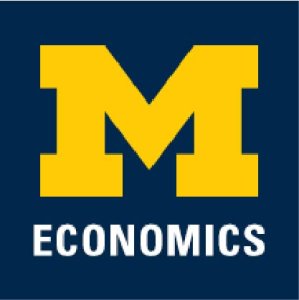Presented By: Department of Economics
To Sell or For Sale: Strategic Entry in Pharmaceutical Markets (joint with Zoey Chopra and Garth Strohbehn)
Eric Parolin, University of Michigan, Practice Job Talk

Increasing consolidation in the pharmaceutical industry has prompted antitrust concerns and calls for enhanced scrutiny and regulation surrounding M&A activity, particularly regarding acquisitions of small and innovative biotechs. Holding firm entry fixed, such policy should encourage competition and limit the ability of incumbent firms to acquire early-stage competitors. In resource-intensive industries such as pharmaceuticals, however, firms make entry decisions conditional upon eventual exit strategies. Limitations to M&A activity may reduce incentives for biotech entry, ultimately resulting in less innovation and welfare losses. Leveraging M&A and drug development data in oncology from 2006 to 2019 we document three facts: 1. Big pharmaceutical firms constitute the majority of controlling interest acquisitions; 2. The probability of acquisition is strongly associated with the entry choice of small biotech drugs but there is no association for big pharmaceutical drugs; and 3. The acquisition price for a drug increases when the acquiring firm has an overlapping development pipeline. These insights inform a structural model in which acquisitions are the result of a first-price sealed bid auction that informs a static firm entry and market choice decision for new drugs. We find that a counterfactual which restricts the ability of big pharma firms to acquire overlapping biotech drugs significantly changes the market choice of biotech drugs, but we do not find a significant change in overall biotech drug entry, suggesting such a policy would have minimal welfare costs.